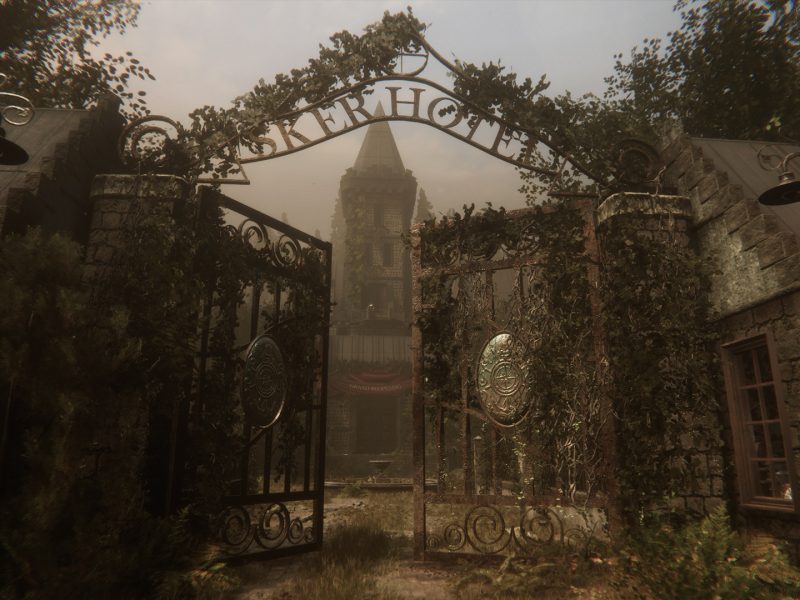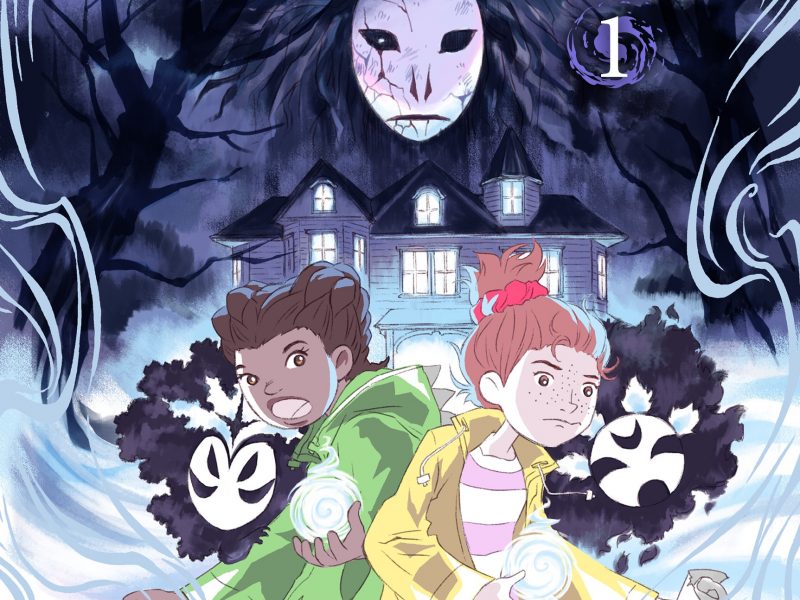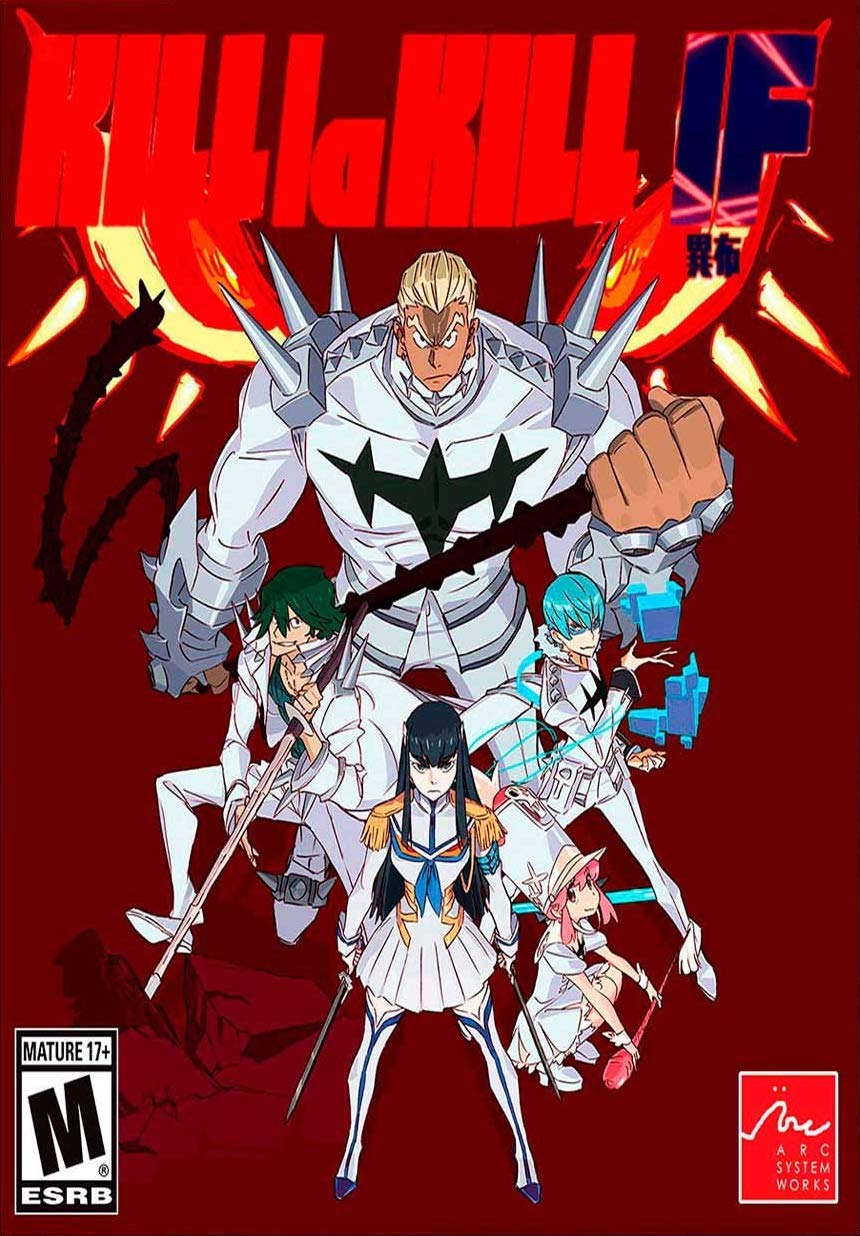
GAME REVIEW | A Good Fighter Outweighed By Diluted Story in "Kill la Kill: IF"
Kill la Kill is a true balls-to-the-wall anime thrill ride. Action-packed, funny as hell, and never ashamed of its blatant fan-service, it was an impressive way for Studio TRIGGER to introduce themselves to the world. An idea for a video game had been muttered here and there, with even some of the top brass in the industry expressing their desire to create one. Years later, Ryuko and Satsuki’s story finally arrives in the game realm with Kill la Kill: IF. As much as it should kick loads of ass, what it results in is a mere average experience.
Developed by A+ Games and published by Arc System Works, Kill la Kill: IF is a 3D fighting game placed in the world of Honnouji Academy. This time, the story is focused from the perspective of Satsuki, whose mother Ragyo Kiryuin suddenly appears soon after the end of the Naturals Election events of Episode 8. There, the world around her becomes more confusing, as Nui Harime and the Life Fibers reign chaos all over the place. It’s up to Satsuki to put a stop to her mother’s doings, as the world is slowly swallowed up by the most evil of fashion designs.
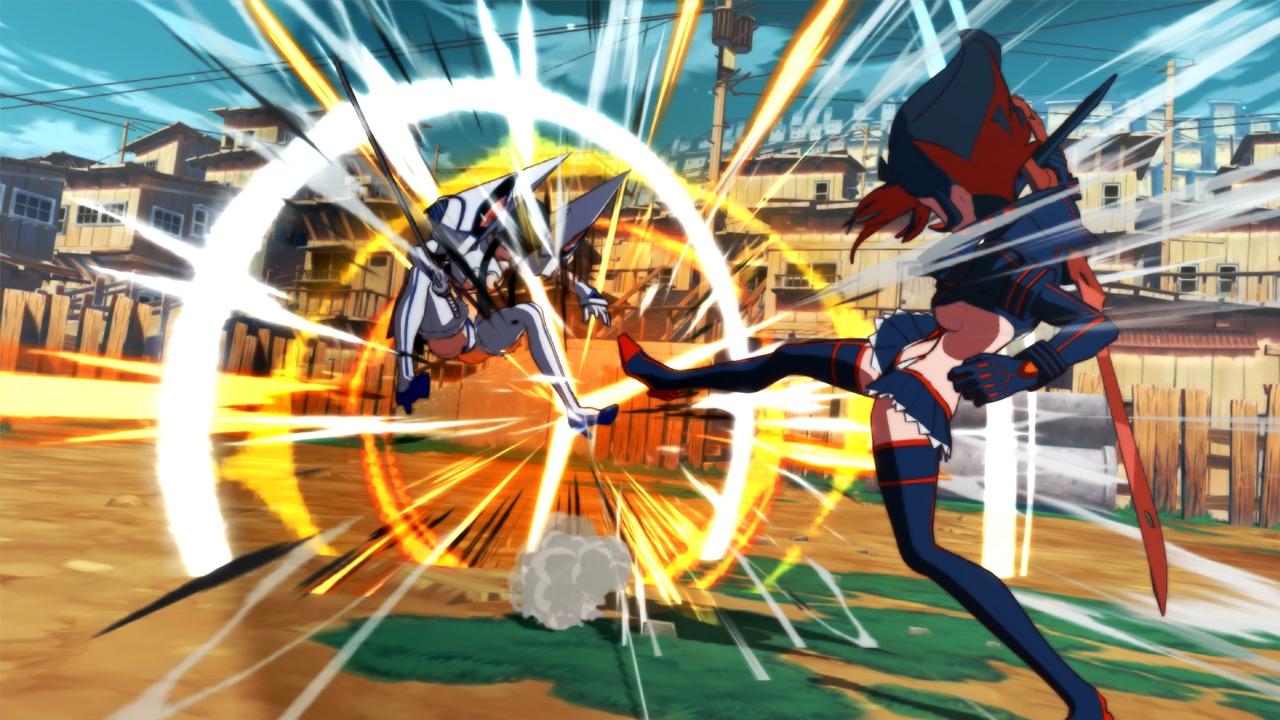
As the game is placed in a 3D realm, the fighting elements gives players a proper amount of space to move around and show off their techniques. A mixture of high-octane short & long-ranged attacks are on full display, with every swipe and knockdown showcased with true anime-like personality. Perhaps that’s one of the best things about Kill la Kill: IF: it legit feels like you’re actually playing the anime’s best fight sequences. A+ Games did a phenomenal job with capturing TRIGGER’s style and attitude all throughout this game.
Gameplay-wise, I’ll admit that it’s one of the more fun 3D anime-based games out there. After the bitter taste that Jump Force left many people, I was very cautious when word got out about its style of play. So color me surprised when I found myself getting goosebumps whenever Ryuko or Satsuki would whip out their trademark attacks from the anime, and they would brim with the same amount of awesomeness. Despite the stages you’re in being very massive, the close-range combat that happens makes it feel like the battles are happen right in your face (and I mean that as a positive!).
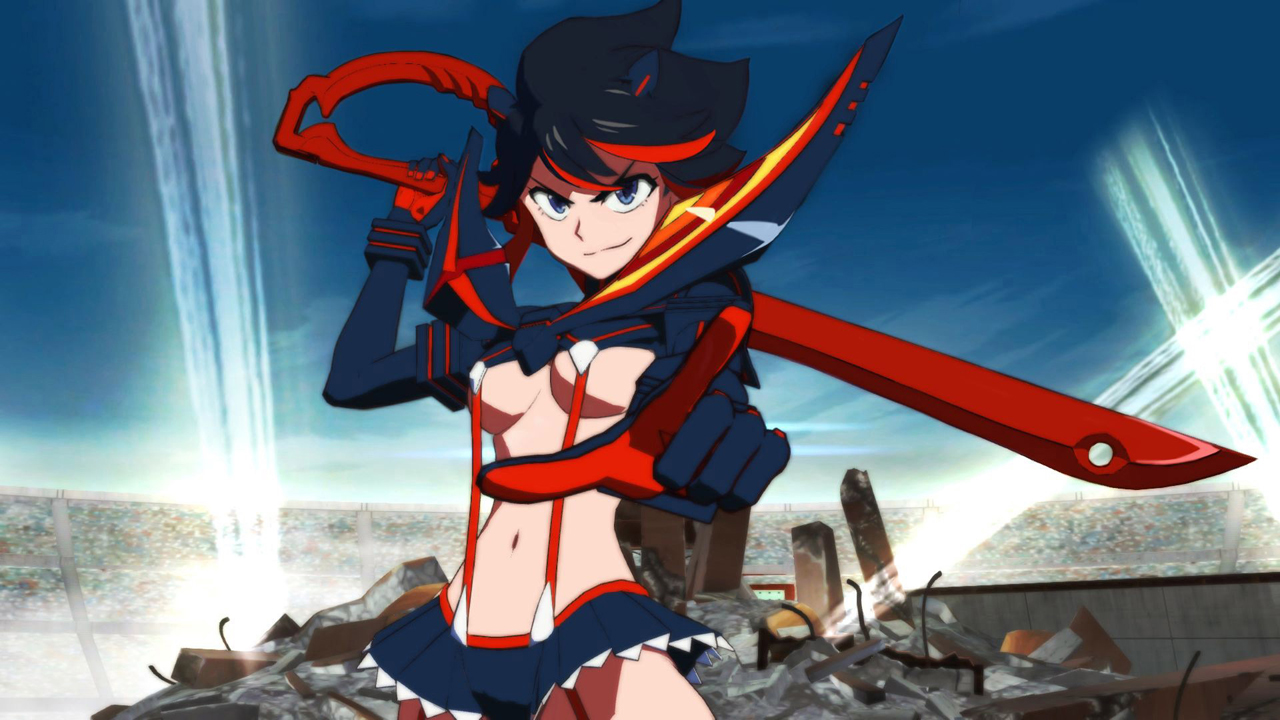
It’s also great hearing both the Japanese and English voice actors reprising their roles in the video game, especially the latter. Erica Mendez was a badass as Ryuko in the original anime, and hearing her trash talking again put a massive smile on my face. The intensity Carrie Keranen brought as Satsuki is still here in game form, with her determination in full swing now that she’s taken the spotlight for the main campaign. Of course, you can’t forget Ryuko’s better half Mako, whom Christine Marie Cabanos returns to voice in all of her adorable looniness.
With all of this being said, it’s hard to see many of the flaws that Kill la Kill: IF has, specifically from a storytelling perspective. What was a surprisingly deep story filled with giggles and violence is shelved for something that’s rather rushed. Important characters that cemented the original tale are mere fodder for the tale the game version wants to tell. There’s no Nudist Beach, no shocking back stories, and — worst of all — Mako is just comic relief rather than the legit voice of reason that the anime had her as.
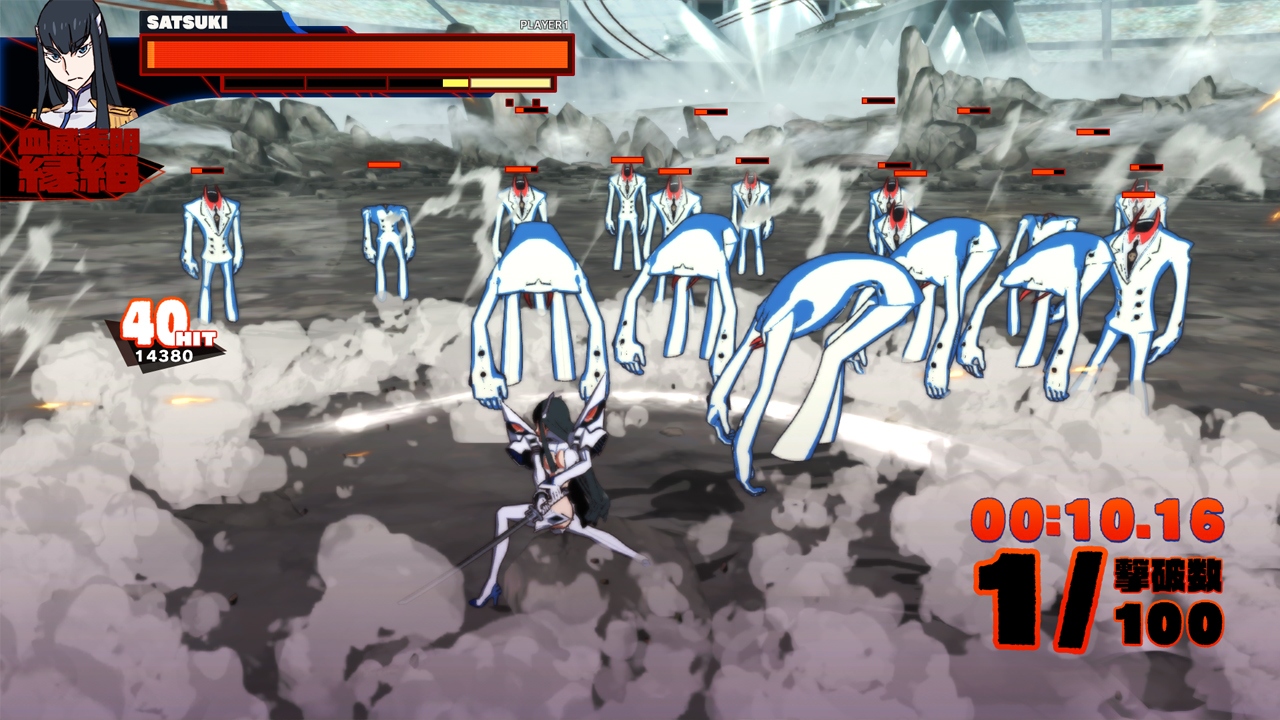
Because of this, Kill la Kill: IF feels like a mere shell of its anime self. While it has the visuals down pat and some great fighting techniques, the rest of this title is hollow of what made TRIGGER’s anime the iconic force it was. The cleverness and the heart of the tale is nonexistent here, resulting in something that plays well but lacks the true anime’s soul. Needless to say, it made me crave to experience the anime again rather than dive into the game some more after I finished with its campaigns.
It’s a damn shame, as Kill la Kill is deserving of some video game respect. But despite Arc System Works’s solid fighting game reputation, that respect has been placed probably elsewhere instead of this story of Life Fibers. As such, the end result will certainly leave most anime fans disappointed by any sort of what-if scenarios that could’ve been implemented into a game like this. Even though it can strut itself down a catwalk looking pretty, there’s no denying that Kill la Kill: IF will find itself falling face first to the floor instead of making that much-needed turn to the right direction.
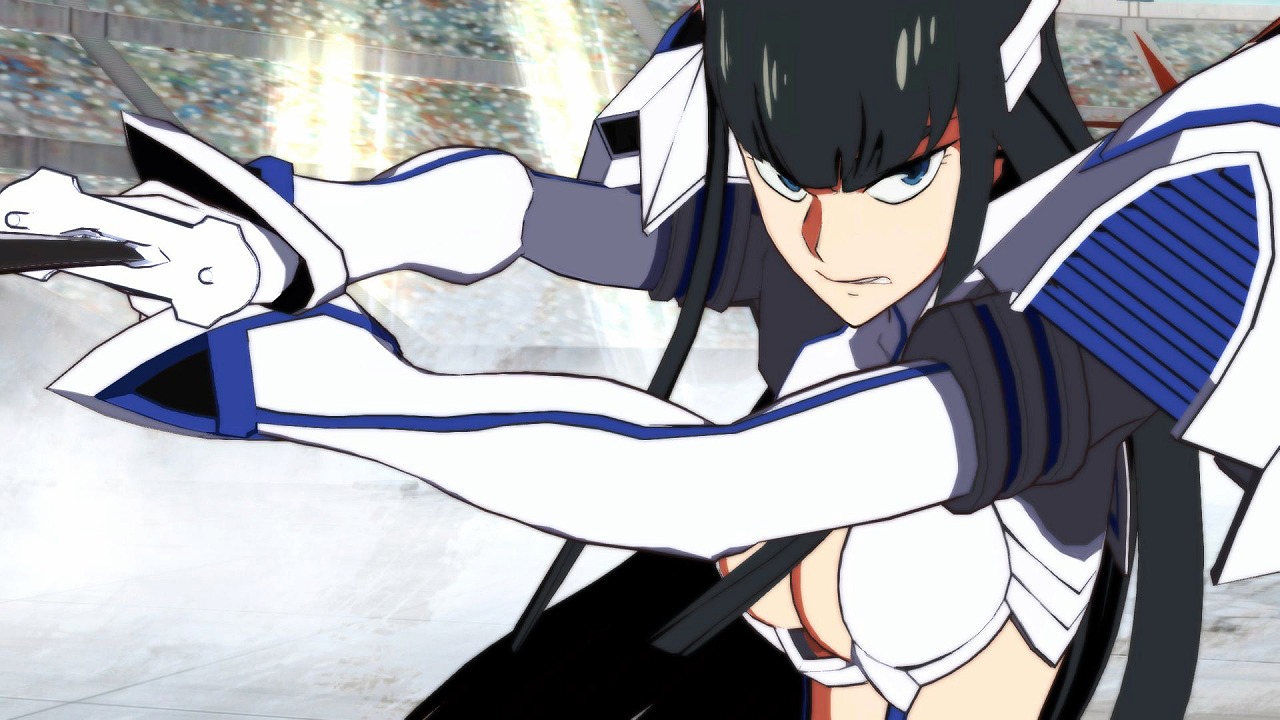
Both campaigns in the game will take up roughly five hours to complete, a short time for a full-priced game when it was first released. Although the story mode doesn’t have much to look back into, the fighting aspects deliver a lot of fun for some couch or online play. However, one cannot think that a little bit more could’ve been sewn into the overall experience that Kill la Kill demands to have.
PROS:
- Looks just like the anime
- Fighting mechanics pretty fun
- Great voice acting
CONS:
- Story not as strong as anime
- Audio synch issues
- Campaign very short
FINAL THOUGHTS:
Kill la Kill has all the makings of a potentially great game, but IF doesn’t scratch that itch too well. It has some great fighting elements, but what made the original series a classic isn’t found here. Only the most hardcore of Kill la Kill fans should check out IF; everyone else should probably stick to one of the better anime fighting titles.
FINAL GRADE:
Promotional consideration provided by Gail Salamanca of Strangely Compelling PR. Reviewed on the Nintendo Switch.



